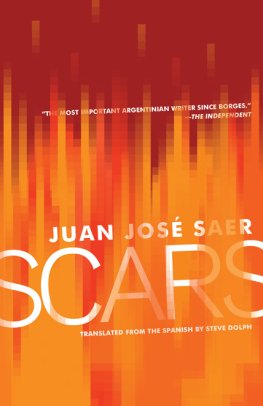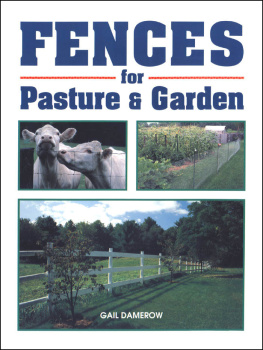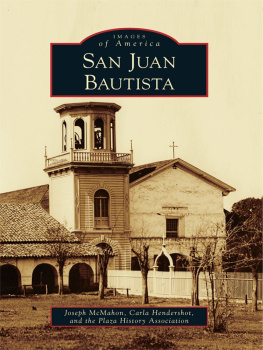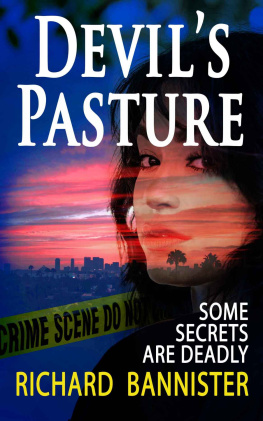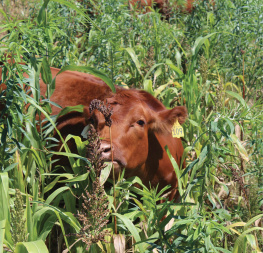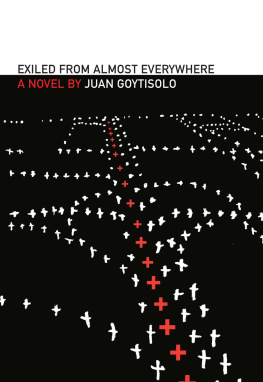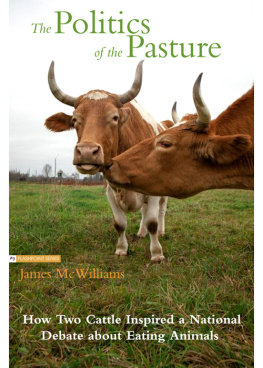Li Juan - Winter Pasture
Here you can read online Li Juan - Winter Pasture full text of the book (entire story) in english for free. Download pdf and epub, get meaning, cover and reviews about this ebook. year: 2021, publisher: Astra Publishing House, genre: Non-fiction. Description of the work, (preface) as well as reviews are available. Best literature library LitArk.com created for fans of good reading and offers a wide selection of genres:
Romance novel
Science fiction
Adventure
Detective
Science
History
Home and family
Prose
Art
Politics
Computer
Non-fiction
Religion
Business
Children
Humor
Choose a favorite category and find really read worthwhile books. Enjoy immersion in the world of imagination, feel the emotions of the characters or learn something new for yourself, make an fascinating discovery.

- Book:Winter Pasture
- Author:
- Publisher:Astra Publishing House
- Genre:
- Year:2021
- Rating:4 / 5
- Favourites:Add to favourites
- Your mark:
- 80
- 1
- 2
- 3
- 4
- 5
Winter Pasture: summary, description and annotation
We offer to read an annotation, description, summary or preface (depends on what the author of the book "Winter Pasture" wrote himself). If you haven't found the necessary information about the book — write in the comments, we will try to find it.
Li Juan: author's other books
Who wrote Winter Pasture? Find out the surname, the name of the author of the book and a list of all author's works by series.
Winter Pasture — read online for free the complete book (whole text) full work
Below is the text of the book, divided by pages. System saving the place of the last page read, allows you to conveniently read the book "Winter Pasture" online for free, without having to search again every time where you left off. Put a bookmark, and you can go to the page where you finished reading at any time.
Font size:
Interval:
Bookmark:
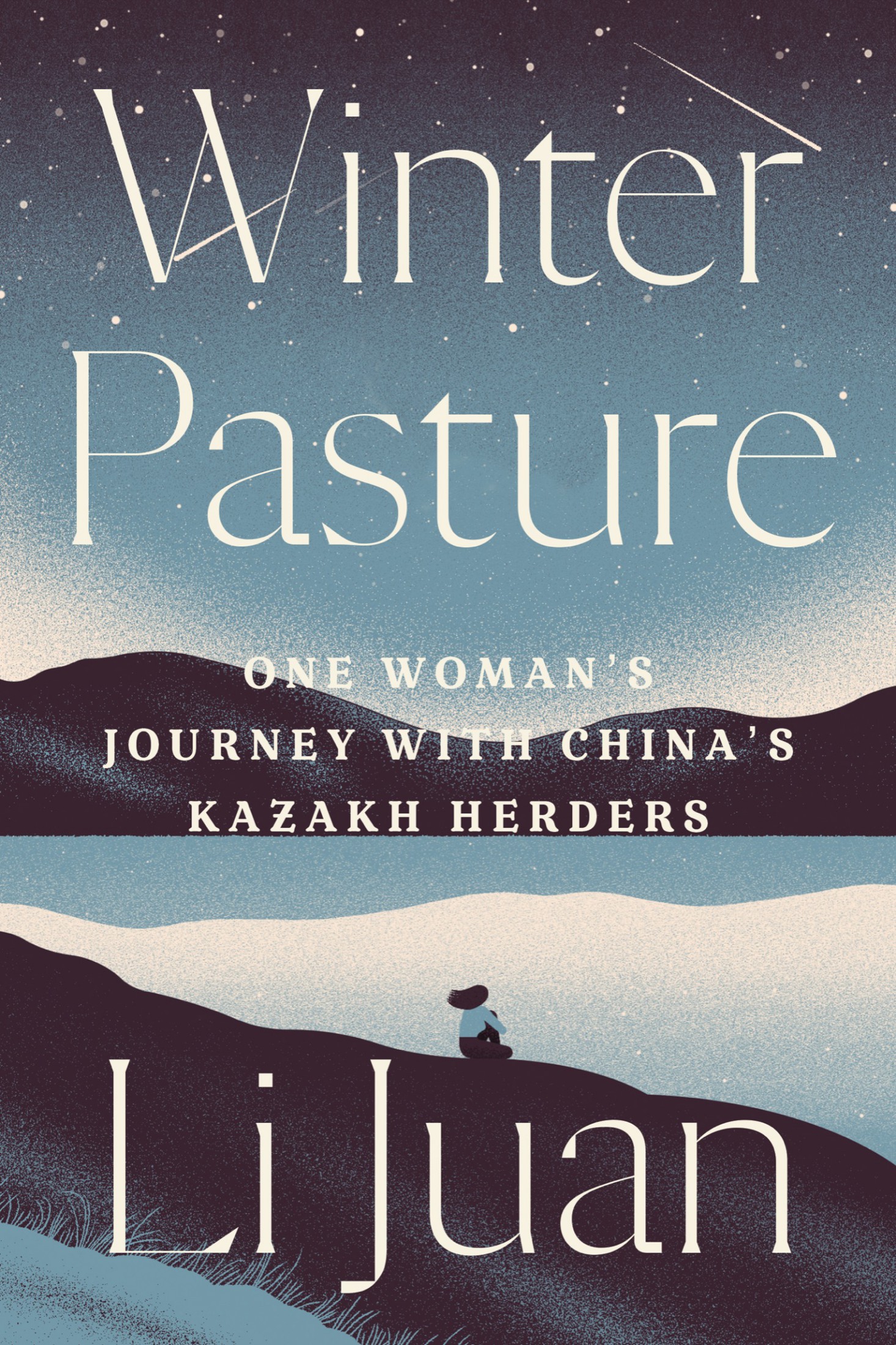
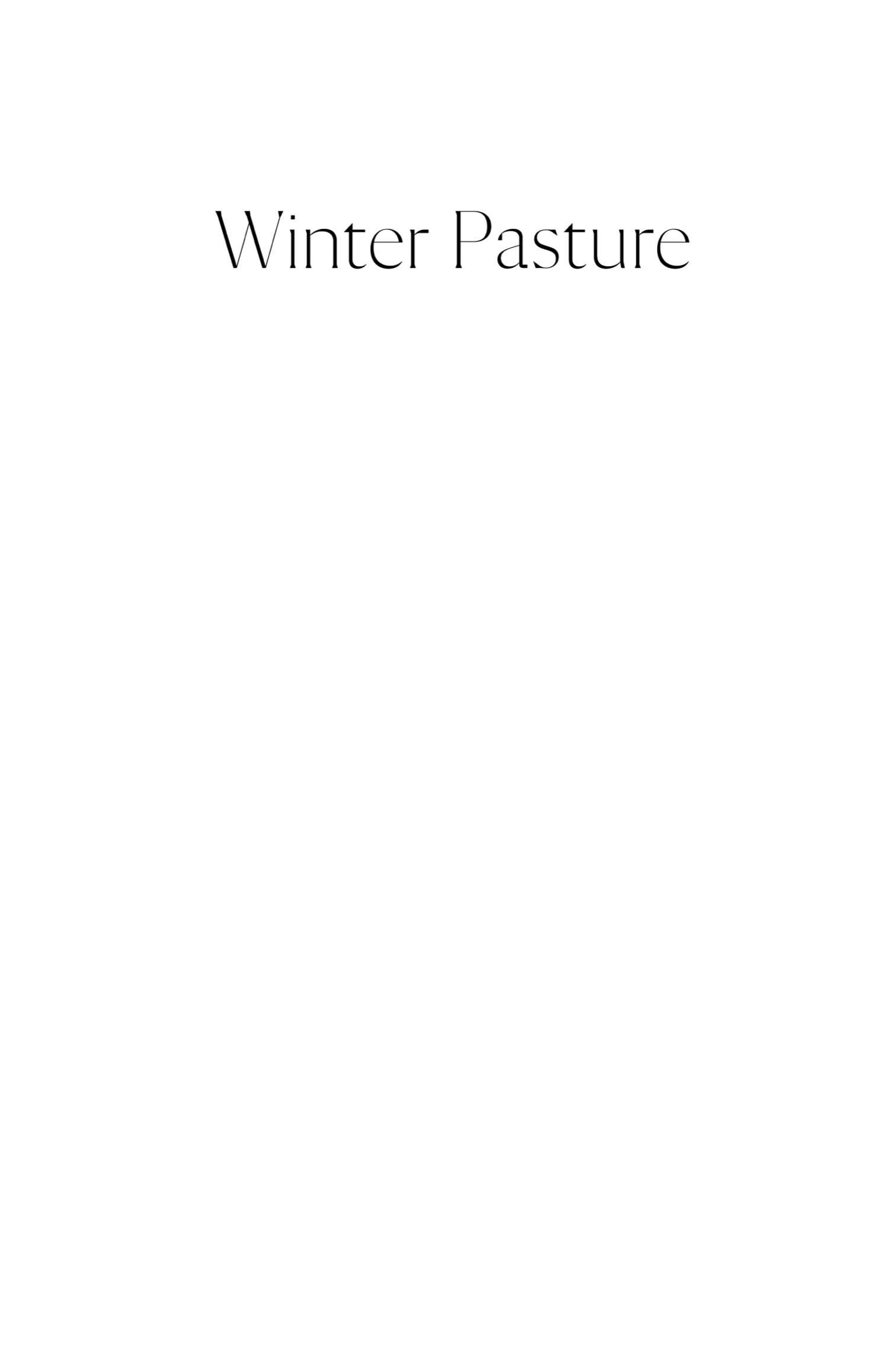
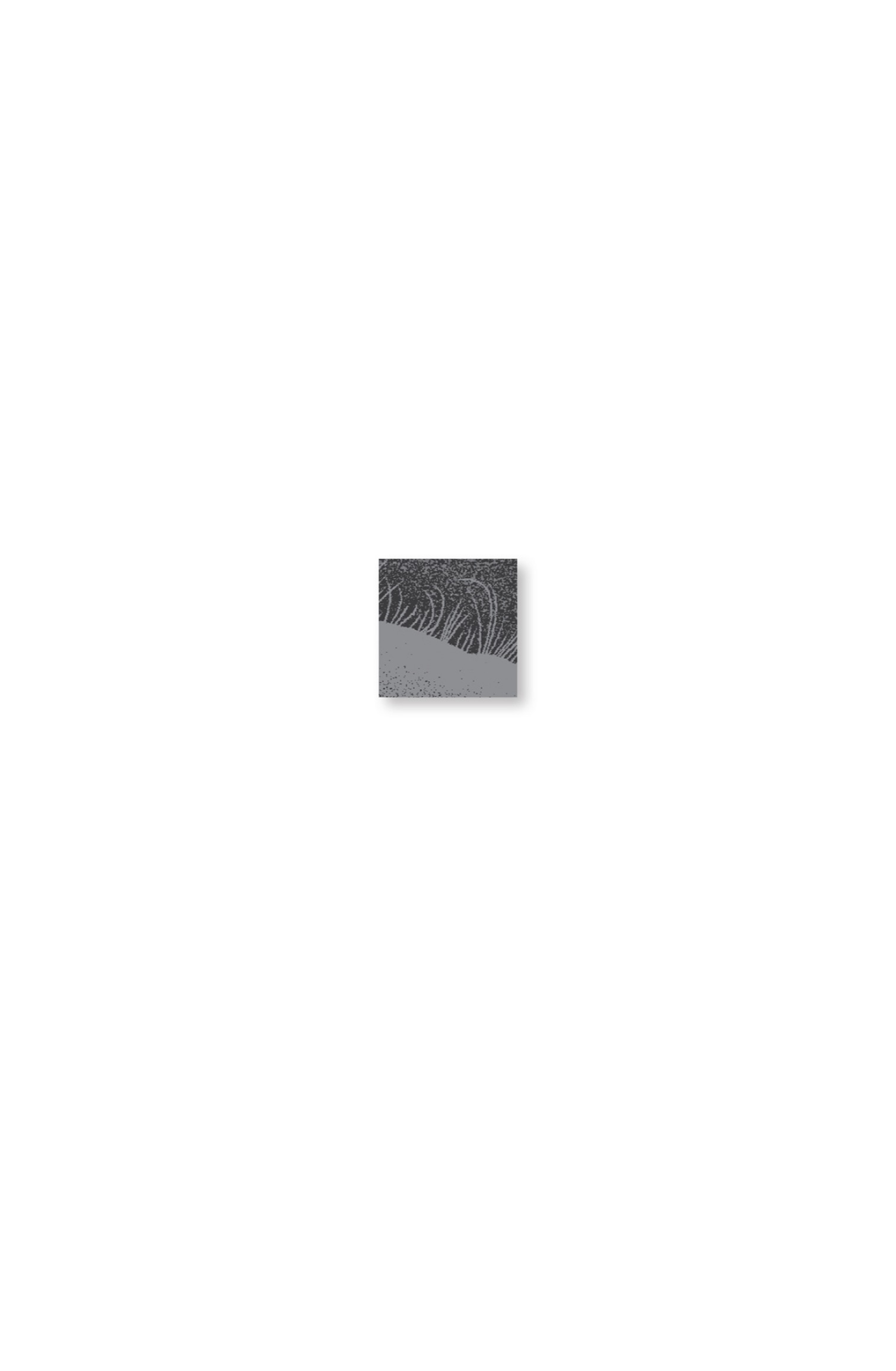

Text and photographs copyright 2021 by Li Juan
Translation copyright 2021 by Jack Hargreaves and Yan Yan
All rights reserved.
Originally published in the Chinese language as Dong Mu Chang by New Star Press
2012 Thingkingdom Media Group.
For information about permission to reproduce selections from this book, please contact permissions@astrahouse.com.
Astra House
A Division of Astra Publishing House
astrahouse.com
Publishers Cataloging-in-Publication Data
Names: Li, Juan, 1979-, author. | Hargreaves, Jack, translator. | Yan, Yan, translator.
Title: Winter pasture : one womans journey with Chinas Kazakh herders / Li Juan; translated by Jack Hargreaves and Yan Yan.
Description: New York, NY: Astra House, A Division of Astra Publishing House, 2021.
Identifiers: LCCN: 2020917189 | ISBN: 978-1-6626-0033-3 (Hardcover) | 978-1-6626-0034-0 (ebook) | 978-1-6626-0035-7 (trade audio) | 978-1-6626-0040-1 (library audio)
Subjects: LCSH Li, JuanTravelChina. | KazakhsChinaXinjiang Uygur ZizhiquSocial life and customs. | NomadsChinaXinjiang Uygur Zizhiqu Social life and customs. | MinoritiesChinaXinjiang Uygur ZizhiquSocial life and customs. | China, NorthwestDescription and travel. | Herders. | BISAC
Classification: LCC DS793.S6213 L5323 2020 | DDC 951.6dc23
First edition
Design by Richard Oriolo
Map illustration and design by Jonathan Roberts
The text is set in Walbaum MT Std.
The titles are set in Flecha L ExtraLight.
Li Juans experiences in the winter pasture have her traveling, living, and working with a family of Kazakh herders, who along with their new neighbors are carrying on a way of life their people have practiced in the region for centuries. With the coming of each season, they migrate with their families, yurts, and livestock to the pastureland that will offer the most favorable climate and the most grass for the coming months, moving north to higher altitudes from winter to spring to summer, and south, back to lower altitudes, from summer to fall to winter. But the year that Li Juan has chosen to accompany these nomadic pastoralists, she is told on more than one occasion, will be the last. After millennia of grazing vast swathes of land, moving from one spot to the next to allow for the grasses recovery and regrowth, overgrazing has now officially been deemed a problem. The reason for thisand the herders feelings about itremains unclear. Regardless, the herders must settle. They will henceforth live along the Ulungur River, around what have long been the spring and fall pastures, where the government has called for land to be reclaimed for cultivation and for aid to be given to the newly relocated herders to help them adjust to their new lives.
Another age-old Kazakh tradition, besides transhumance, is handicraft and textiles. Specifically, felt-based textiles. Living with a hundreds-strong flock of sheep means ready access to plenty of wool, which the herders use to make thread and felt. They use these materials to make carpets, wall hangings, mats, bags, and bands (bau, ) for securing parts of the yurt frame together or to the ground. Various examples of these felt products feature in Li Juans daily life on the winter pasture, spread, hung, and piled throughout the earthen burrow. In Chinese, Li Juan simply refers to them as wall hangings and patterned rugs or patterned mats, depending on which surface they decorate or cover. In this English translation, we have opted to include the romanized versions of their Kazakh names. Syrmak (), which are used as both carpets and wall hangings, are made by quilting ornamental patterns of multicolored felt onto a plain white, brown, or gray felta kiiz (). Tekemet () are carpets made by pressing and rolling dyed-wool patterns. Ayak-kap (-) are small embroidered felt bags, and tus-kiiz () are cotton wall hangings that bear intricate patterns embroidered using tambour stitch. Of the process for making these, Li Juan provides only glimpsesSister-in-laws questionable dyeing process or Sayna sketching a rams horn pattern with soap to teach her young daughter how to stitchso we encourage readers to look up how the finished products look. The same goes for the foods and the central tablecloth and main seating area (dastarkhn, ), for which Li Juan simply gives Chinese equivalents, but for which we have added the Kazakh. On the map that follows, the place-names used are, on the whole, Kazakh renderings, for examples: Dopa in Kazkh, Dure in pinyin, ; Akehara in Kazakh, Akehala in pinyin, . Note also that this map is an illustration of the area, rather than a precise representation, and not to scale.
Many thanks to Altinbek Guler for providing translations into English and transliterations into the Latin alphabet of all the Chinese renderings of Kazakh found in the original text.
Lastly, it might help with navigating the narrative to know that since the regions where Li Juan lives, in her everyday life and during her stay with the Cumas, are a confluence of Chinese and Kazakh culture, some of the placenames in this translation are in romanized Kazakh and others in Mandarin pinyin. Also, the characters might be one year younger than stated in the book. We are unsure if their age is based on the Gregorian calendar or the East Asian reckoning, which puts a person at the age of one at birth.
Jack Hargreaves and Yan Yan
August 2020

F ROM THE MOMENT I released my second book, my mother started bragging to the whole village that I was an author. But our neighbors only ever saw me, day after day, muck-faced and mussy-haired, chasing after ducks from one end of the village to the other. They all expressed their incredulity. Even as my mother kept going on and on about it, when they turned to look, theyd catch sight of me scurrying along a ditch as fast as my slippers could carry me, hollering and brandishing a stick. Not at all as advertised, quite undignified really.
Eventually, some of them came around to believing her. Eighteen miles from the lower reaches of the Ulungur River, the government was establishing a new herder village named Humuzhila. One of the villagers approached my mother to ask me to become the assistant village head, with a salary of two hundred yuan per month. To emphasize that it was a good deal, he said the village head himself only earned four hundred yuan.
Deeply offended, my mother proudly declared, My daughter would never agree to that!
The visitor looked perplexed and asked, Didnt you say shes a writer?
In short, I am something of an enigma in Akehara village, where I live with my mother. I am suspicious for four main reasons: one, Im unmarried; two, I dont have a job; three, I dont visit our neighbors much; and four, Im not what they would consider proper.
Font size:
Interval:
Bookmark:
Similar books «Winter Pasture»
Look at similar books to Winter Pasture. We have selected literature similar in name and meaning in the hope of providing readers with more options to find new, interesting, not yet read works.
Discussion, reviews of the book Winter Pasture and just readers' own opinions. Leave your comments, write what you think about the work, its meaning or the main characters. Specify what exactly you liked and what you didn't like, and why you think so.

